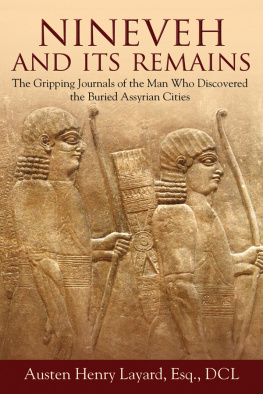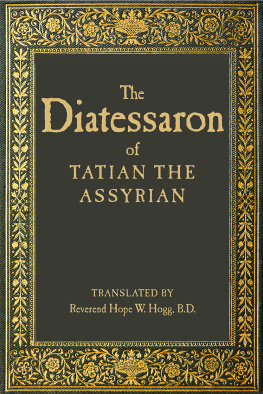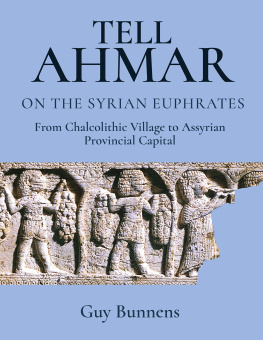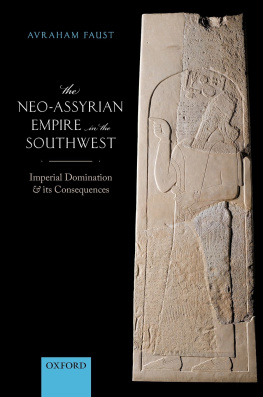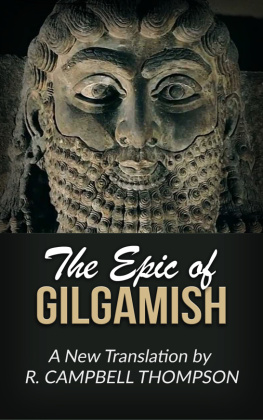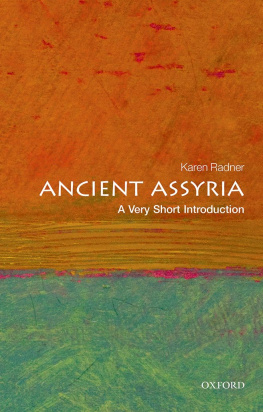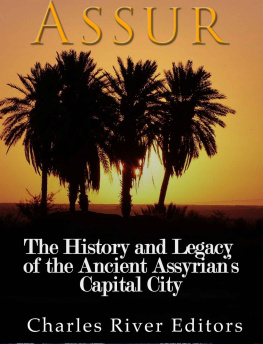First Skyhorse Publishing edition copyright 2013
Originally published by John Murray (London) in 1849.
All Rights Reserved. No part of this book may be reproduced in any manner without the express written consent of the publisher, except in the case of brief excerpts in critical reviews or articles. All inquiries should be addressed to Skyhorse Publishing, 307 West 36th Street, 11th Floor, New York, NY 10018.
Skyhorse Publishing books may be purchased in bulk at special discounts for sales promotion, corporate gifts, fund-raising, or educational purposes. Special editions can also be created to specifications. For details, contact the Special Sales Department, Skyhorse Publishing, 307 West 36th Street, 11th Floor, New York, NY 10018 or .
Skyhorse and Skyhorse Publishing are registered trademarks of Skyhorse Publishing, Inc., a Delaware corporation.
Visit our website at www.skyhorsepublishing.com.
10 9 8 7 6 5 4 3 2 1
Library of Congress Cataloging-in-Publication Data is available on file
ISBN: 978-1-62087-434-9
Printed in the United States of America
She saw men pourtrayed upon the wall, the images of the Chaldeaus pourtrayed with vermilion,
Girded with girdles upon thar loins, exceeding in dyed attire upon their heads, all of them princes to look to, after the manner of the Babylonians of Chaldea, the land of their nativity.
E ZEKIEL , xxiii, 14, 15.
NINEVEH AND ITS REMAINS;
WITH AN ACCOUNT OF A VISIT TO THE CHALDEAN CHRISTIANS OF KURDISTAN, AND THE YEZIDIS, OF DEVIL WORSHIPPERS; AND AN ENQUIRY INTO THE MANNERS AND ARTS OF THE ANCIENT ASSYRIANS.
BY AUSTEN HENRY LAYARD, D.C.L.
________
TO BENJAMIN AUSTEN, ESQ.
THIS WORK IS AFFECTIONATELY DEDICATED.
________
PREFACE.
I T is with considerable diffidence that I venture to submit the following narrative to the reader. The opinions of friends, and a desire on my part to communicate the little information that opportunities may have enabled me to acquire, with regard to a country and city so little known as Assyria and Nineveh, have alone induced me to undertake a work of this nature under the united disadvantages of incapacity, literary inexperience, ill health, and a very short residence in England. When I add that I have, at the same time, been engaged in preparing for the press an illustrated work on the Monuments of Nineveh, and in superintending the publication, for the Trustees of the British Museum, of the Cuneiform inscriptions brought by me from Assyria, occupations which have demanded considerable time and care, I may perhaps appeal with more confidence to the kind indulgence of my readers, and particularly of those who are far more competent than myself to enter into the enquiries I have ventured to add to my personal narrative.
A general dissertation, such as that contained in the latter part of this work, requires a very extensive acquaintance with those ancient and modern authors who have written or casually touched upon similar subjects. The necessity of a residence in the country, and the consequent absence of books, have prevented me from consulting many works which might have afforded valuable information, and have rendered difficult the verification of quotations obtained, in many instances, during hurried visits to London.
With more time and opportunities at my command, this dissertation might have been rendered more entertaining and useful. I should not have added it to the narrative, had I not felt that there were many observations which could only have occurred to one engaged, like myself, in a very close examination of the ruins of Assyria, and which, right or wrong, should be recorded, if recorded at all, whilst still fresh in my memory. I may perhaps venture to hope that, although these general remarks may be of little value, they will at least afford some assistance to others who may engage in similar enquiries.
Being anxious to avoid entering upon debateable subjects, it was originally my intention to state merely the results of my researches; but, as I proceeded with my work, I found it necessary to touch upon topics connected with Assyrian history and chronology. This was almost indispensable, in order to give the reader an idea of the extent of the discoveries and of the arguments they furnish. The opinions, however, which I have ventured to offer must be considered rather in the light of suggestions. Many things that have appeared to me to be facts may require further proof before they can be generally admitted. An examination of the ruins of Assyria still unexplored, and a fuller acquaintance with the monuments and inscriptions already discovered, are required to enable us to arrive at satisfactory results in an enquiry such as I have entered into. Still it appears to me that we have already sufficient data to warrant the attempt. These words of caution are necessary, and I trust the reader will acquit me of any wish to mislead him, or to make more of my subject than it deserves.
With regard to my personal narrative, I may owe an apology to the reader for introducing subjects not included in the title of my work, for adding narratives of my visits to the Tiyari and Yezidis, and a dissertation upon the Chaldaus of Kurdistan. I have thought that it might not be uninteresting to give such slight sketches of manners and customs as would convey a knowledge of the condition and history of the present inhabitants of the country, particularly of those who, there is good reason to presume, are descendants of the ancient Assyrians. They are, indeed, as much the remains of Nineveh, and Assyria, as are the rude heaps and ruined palaces. A comparison between the dwellers in the land as they now are, and as the monuments of their ancestors lead us to believe they once were, will not perhaps be without useful results. It may give rise to serious reflection, and may even prove an instructive lesson.
I must prepare the reader for such inaccuracies and defects in my narrative as may arise from haste and inexperience. I have preferred sketches conveying a general idea of my operations and adventures to mere dry details, and a continuous relation of incidents which might have led me into frequent repetitions.
In spelling Eastern names I have followed no uniform systemhaving endeavoured to write them in the best way I could, to convey the mode of their pronunciation by the people of the country. This, I am aware, is contrary to the plan now generally adopted; but I have not had time to reduce the oriental words, in various languages, to one standard.
It is a pleasing duty to acknowledge kindness and assistance in such labours as these, and it is with gratitude that I admit the great obligation under which I am to Mr. Birch, of the British Museum, for much valuable information and many important suggestions, the source of which, when used, I have not always acknowledged. To Mr. Hawkins and the other officers of the British Museum, whom I have had occasion to consult, I also have to express my thanks for uniform kindness and courtesy. From Mr. George Scharf, jun., I have received great assistance. The plates and woodcuts have been chiefly executed, from my sketches, by him, or under his superintendence. () To others I would express my grateful obligations; although I am restricted from making any other allusion to the aid I have received from them.
To the Chairman and Honourable Court of Directors of the East India Company, through whose enlightened munificence I am mainly enabled to publish my drawings of the bas-reliefs discovered at Nineveh, I must take this opportunity of expressing that gratitude which many, who have been engaged in similar undertakings, have had reason to feel as strongly as myself. In recording a liberality, unfortunately so rare, I become an additional witness to the noble support they have ever rendered to literature and science.

